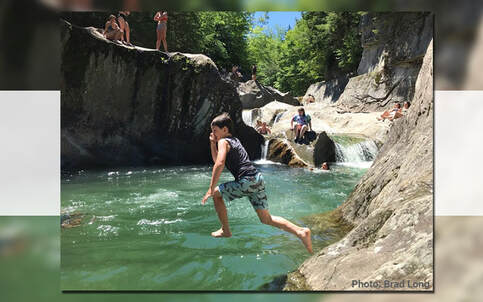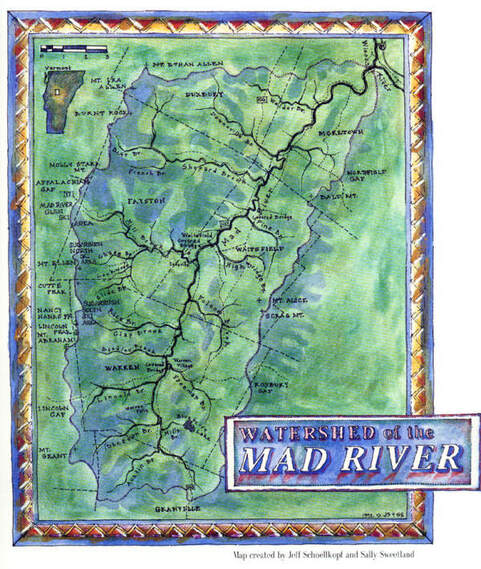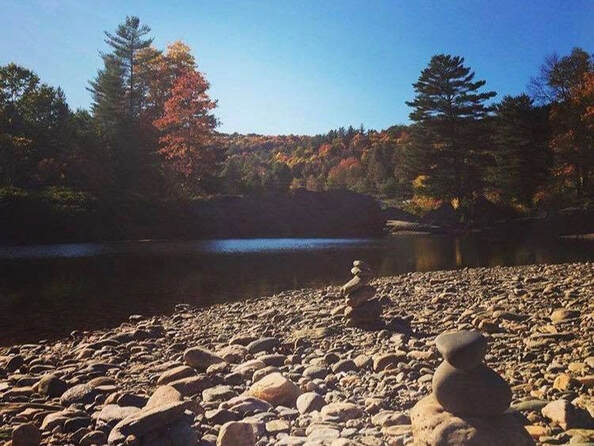|
For the last 30 years, Friends has been working with community partners across the Valley to make sure that there are publicly-owned and permanently-permitted swimholes along the Mad and its tributaries. When the organization started there were only three such locations. Today, that number has doubled, and joins more than a dozen well-known places where people have enjoyed dipping their toes in the water to cool off on a hot summer day. A lot of work went into protecting public access to areas like the Warren Falls. But the work doesn't stop there. Through the years, publicly- and privately-owned swim holes have seen dirty diapers, trash dumping, unsanctioned rock moving and tree cutting. In the same way our community came together to protect these places, we need to bring the same spirit to the challenge of caring for them, so they can be enjoyed for the next 30 years (and 30 more after that!). Friends & Swim Holes: |
Friendsof the Mad River Archives
July 2024
Categories |
Proudly powered by Weebly




 RSS Feed
RSS Feed